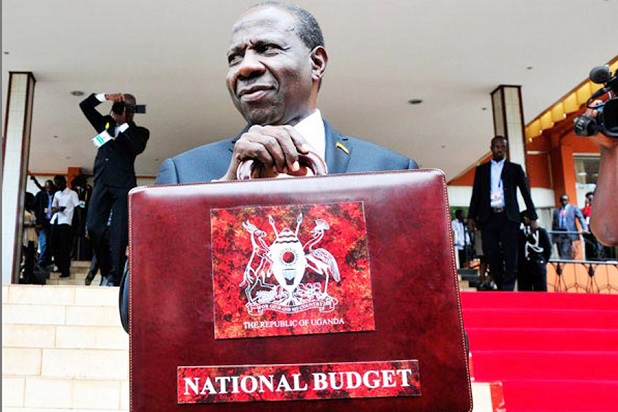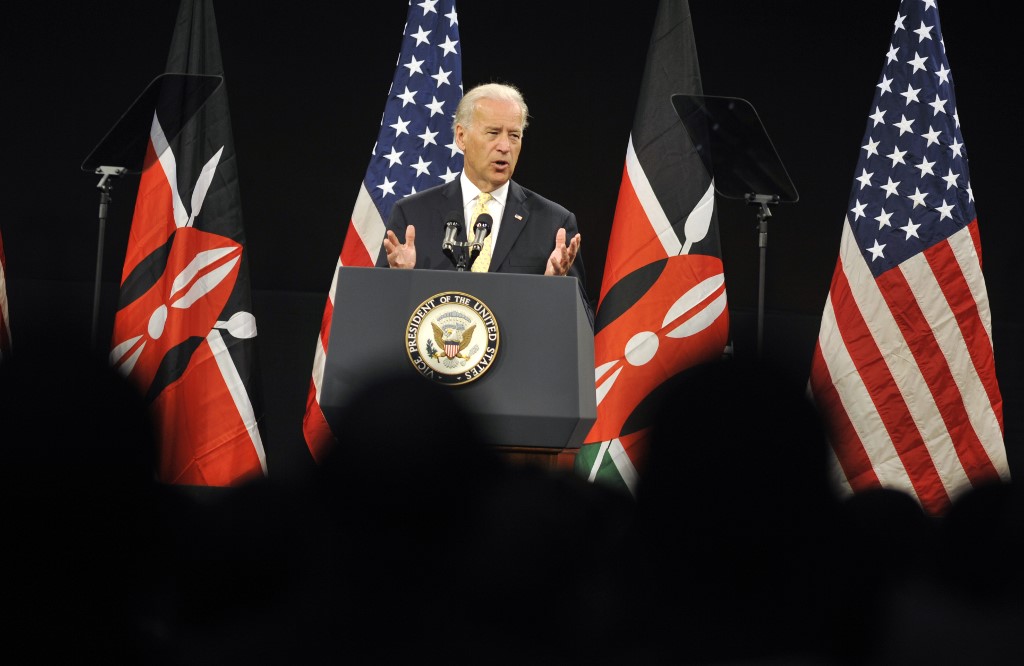Finance Minister, Matia Kasaija
When Uganda concludes its fourth National Development Plan (NDPIV) in 2030, as projected by the government, there will be about 7 million people living under the poverty line.
By then, it is envisaged, that Uganda will valued at 100 billion dollars in GDP terms, according to the 2025/2026 National Budget Strategy.
According to the projections by the Ministry of Finance, Planning and Economic Development, by then, the poverty rate will have dropped from the current 20.3 percent of the official figure of 46 million people, which translates to 9.3 million Ugandans living under the poverty line, to about 14 percent.
The government has set out to grow the economy 10 times over the next year to 500 billion from the current 53 billion dollars, with the five-year NDPIV that commences next year, being the first of the three medium-term plans towards that feat.
This will be achieved by the economic growth of at least 7 percent next year and not less than 10 percent in each of the subsequent years, according to Minister Matia Kasaija.
The economy is projected to grow at 6.4 percent by the end of 2024/24, according to the Ministry.
This growth forecast is based on President Yoweri Museveni’s guidance to direct available resources to the eight strategic areas, including peace and security of life and property for all, roads and bridges maintenance, rehabilitation of the Meter Gauge Railway and construction of the Standard Gauge Railway and water transport.
Other areas are electricity, with a focus on enhancing transmission; wealth creation initiatives like Parish Development, Emyooga, and Agriculture Credit Facility and capitalisation of the Microfinance Support Center.
Focus will also be on Science, Technology and Innovation including ICT; investing in people through Human Capital Development, including health, education, clean water for human consumption and production; creative industry and social protection; management of natural disasters, and regional and international commitments.
The government is also mindful of the need to improve good governance.
“Strengthening governance and public sector efficiency with a focus on eliminating corruption, improving implementation, follow up and accountability for results will be a bedrock for effective execution of the above areas,” said Minister Matia Kasaija.
The implication of these interventions, he said, is that Uganda’s overall GDP will expand from 224.2 trillion (about 57.5 Billion dollars) in the year 2024/25 to 250.87 trillion (63.6 Billion dollars) in 2025/26.
They will also result in a growth of the average income of a Ugandan from 1,198.6 dollars per capita by the end of this financial year to 1,287.9 as income per capita for 2025/26.
He expects, therefore, that throughout the NDPIV period, there will be reduced poverty from the current 20.3 percent to 14 percent by 2029/30 when the total population is projected at 53 million.
The interventions are also expected to help attain double-digit growth to double the current GDP by 2029/30 to at least 100 billion dollars, achieving an average of 884,962 stock of jobs annually, and maintaining price stability marked by single-digit inflation within the target band of 5 percent.
The ministry also hopes to pursue prudent fiscal policy in line with regional and domestic fiscal policy rules, specifically ensuring that debt to GDP remains below 50 percent, as well as increasing the revenue to GDP ratio by 0.5 percentage points annually over the period.
Kasaija also says the outgoing NDPIII achieved some milestones, key of which included improvement in household income, productivity, quality of life and well-being of the population.
Statistics show that life expectancy improved to 64 years in 2023/24 from 63.3 in 2017/18, while Uganda’s per capita income Was up to 1,146 dollars above the World Bank’s lower middle-income threshold of 1,036.
Over the five years, poverty also fell to 20.3 percent from 21.4 percent, while income inequality reduced to 0.527 per cent from 0.565.
A recent report by the United Nations Development Program (UNDP) shows that Uganda moved from the Low Human Development category in the financial year 2021/22 to Medium Human Development in 2023/24, reflecting improvements in key human development indicators.
-URN





